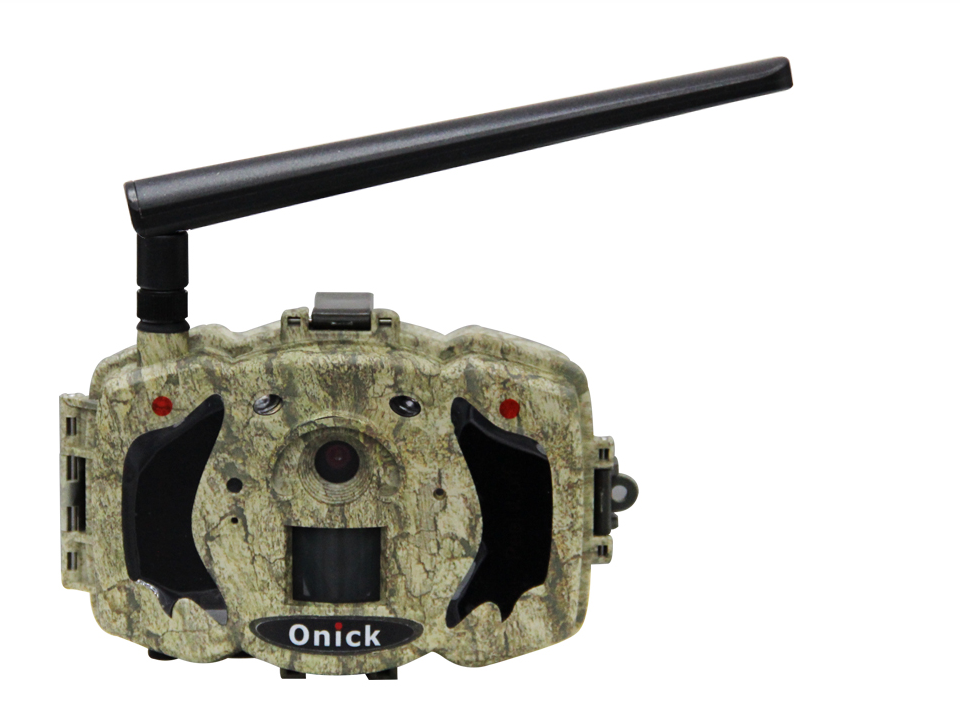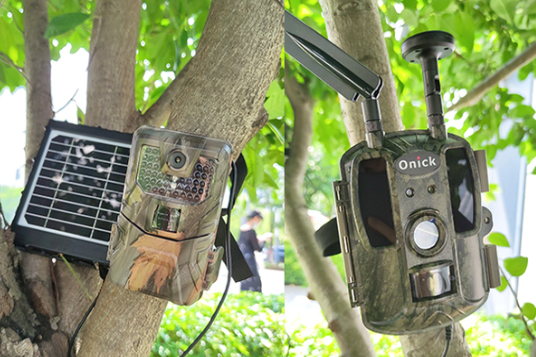A trail camera, also referred to as a game camera or hunting camera, is an automated device designed for monitoring wildlife or humans. It's typically deployed in outdoor settings, but can also function indoors. The key components for its operation include a camera, PIR motion sensor, and infrared flash. These trailcams are battery-powered but can also be connected to an external power source such as a battery pack, solar panel, or directly into the power grid. Captured photos and videos are stored on a memory card (SD card).

Infrared cameras have a wide range of applications in wildlife monitoring, forest fire prevention, land and resources management, and power grid surveillance. They capture infrared light, enabling monitoring even in low-light conditions or at night. They can help discover and study rare and endangered species, record wildlife behavior, and be used for forest fire warning and monitoring.

Specific applications of infrared cameras in different fields:
1. Wildlife Monitoring: Recording information on wildlife species, populations, distribution, and behavior to provide a scientific basis for species conservation. Researching the survival status of rare and endangered species, such as snow leopards and South China tigers. Surveying and monitoring the biodiversity of specific areas, including cats and critical habitats. Researching nocturnal animals, such as the pygmy slow loris and loris.
2. Forest Fire Prevention: Early detection of forest fires, providing timely warnings and preventing their spread. Monitoring fire activity with infrared cameras provides support for firefighting efforts.
3. Land and Resources Management: Monitoring land use changes, such as illegal mining and deforestation. Long-term monitoring of specific areas to understand resource dynamics. 4. Power Facility Monitoring: Monitor the operating status of power grid equipment and promptly identify potential faults. Conduct safety inspections at night or in inclement weather.
5. Other Applications: Traffic monitoring, especially at night or in low-light conditions. Agricultural and forestry production, such as monitoring crop growth. Security monitoring, such as nighttime security in residential areas and factories.

Advantages of Infrared Camera Technology:
1. Unrestricted by Light: Capable of monitoring in low-light conditions or at night, expanding the monitoring range.
2. Capable of Capturing Infrared Light: Infrared light can penetrate smoke and dust, facilitating monitoring in complex environments.
3. Easy Installation and Maintenance: Infrared cameras are compact, easy to install in various locations, and relatively simple to maintain.
4. Can be integrated with AI technology: Through AI algorithms, they can achieve functions such as automatic recognition and target tracking, improving monitoring efficiency.

Summary: As an important monitoring tool, infrared cameras play a vital role in many fields, particularly in wildlife protection and forest fire prevention, contributing to scientific research, resource conservation, and public safety.


